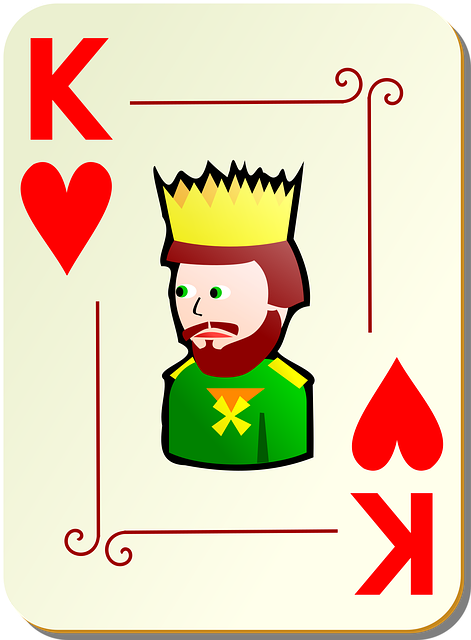Poker tournaments excel through structured stages, blending aggressive blind phases with strategic late-stage play. Final tables showcase intense competition among top performers. Balanced schedules integrate varied buy-ins, structures (sit-and-goes, shooting stars), and game formats (Texas Hold'em variants) to cater to diverse players. Regular spacing respects players' time, fostering a vibrant, inclusive community through side events and social spaces, ensuring memorable experiences that drive repeat participation in poker tournaments.
“Uncover the art of crafting an engaging Poker Tournament Schedule! This comprehensive guide delves into the intricacies of organizing successful poker events. From grasping the different Poker Tournament Phases to creating balanced schedules, we explore strategies for maximizing player interest and satisfaction.
Learn how to structure your tournaments, ensuring a dynamic experience that keeps players invested. Discover best practices to attract and retain participants, making your poker events stand out in the competitive Poker Tournaments landscape.”
- Understanding Poker Tournament Phases
- Creating a Balanced Tournament Schedule
- Maximizing Player Engagement and Satisfaction
Understanding Poker Tournament Phases

Poker tournaments are structured events that typically progress through distinct phases, each with its own strategic considerations. The initial phase, known as the blind stages, sets the tone for the entire tournament. During this time, players compete under specific blind structures, where the position and bet sizes change periodically, encouraging aggressive play. This phase is crucial for building a solid chip stack and establishing early dominance.
As tournaments advance, they often transition into the late stages, characterized by tighter gameplay and more calculated moves. Here, players with substantial chips strive to outmaneuver one another in what can be compared to a strategic chess match. The final table, a key milestone, narrows down the field to a small group of top performers, where every decision carries significant weight in determining the eventual winner of the Poker Tournament.
Creating a Balanced Tournament Schedule

Creating a balanced tournament schedule is an art in the world of poker. It involves carefully considering various factors to cater to a diverse range of players and ensure a thrilling experience for all. The key lies in offering a mix of different buy-in levels, from low to high stakes, to attract both casual and seasoned players. This approach encourages participation across multiple segments of the player base, fostering a vibrant and inclusive poker community.
Moreover, incorporating tournaments with varied structures, such as sit-and-goes, shooting star events, or re-entry formats, adds excitement and caters to different playstyles. A well-designed schedule also respects players’ time by offering regular intervals between events, allowing them to manage their time effectively while minimising overlap with other concurrent tournaments in the poker calendar.
Maximizing Player Engagement and Satisfaction

Poker tournaments are designed to be engaging experiences, aiming to satisfy players’ desires for competition and entertainment. To maximize player engagement, organizers should consider a diverse range of game formats, buy-in levels, and blind structures. Offering both classic Texas Hold’em and variant games like Omaha or Stud ensures appeal to different preferences. Dynamic scheduling with regular breaks and an optimized pace keeps players fresh and focused, enhancing overall satisfaction.
Additionally, creating a welcoming atmosphere through comfortable seating, good food, and entertainment beyond the tables encourages social interaction and builds a positive experience. Incorporating side events, such as poker-themed quizzes or skill challenges, adds variety while rewarding players for their participation. By focusing on these aspects, Poker Tournaments can foster a vibrant community and ensure players leave with memorable moments, eager to return for more.
Planning an engaging poker tournament schedule requires balancing different phases to cater to players’ varied interests. By understanding the game’s dynamics, you can create a structured timeline that enhances player experience and satisfaction. A well-designed schedule, focused on maximizing participation and excitement, is key to successful Poker Tournaments, ensuring a vibrant and competitive environment for all levels of players.






